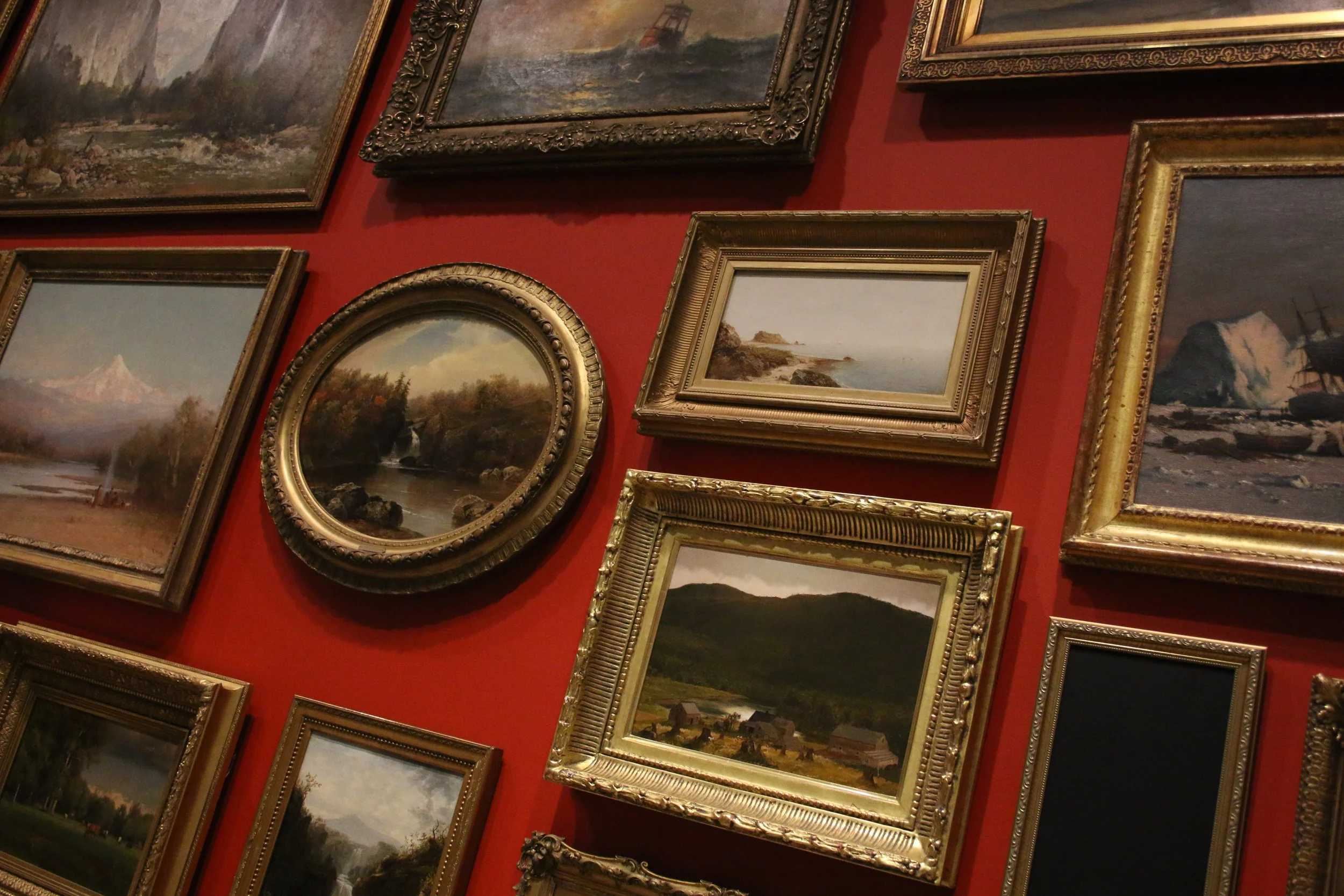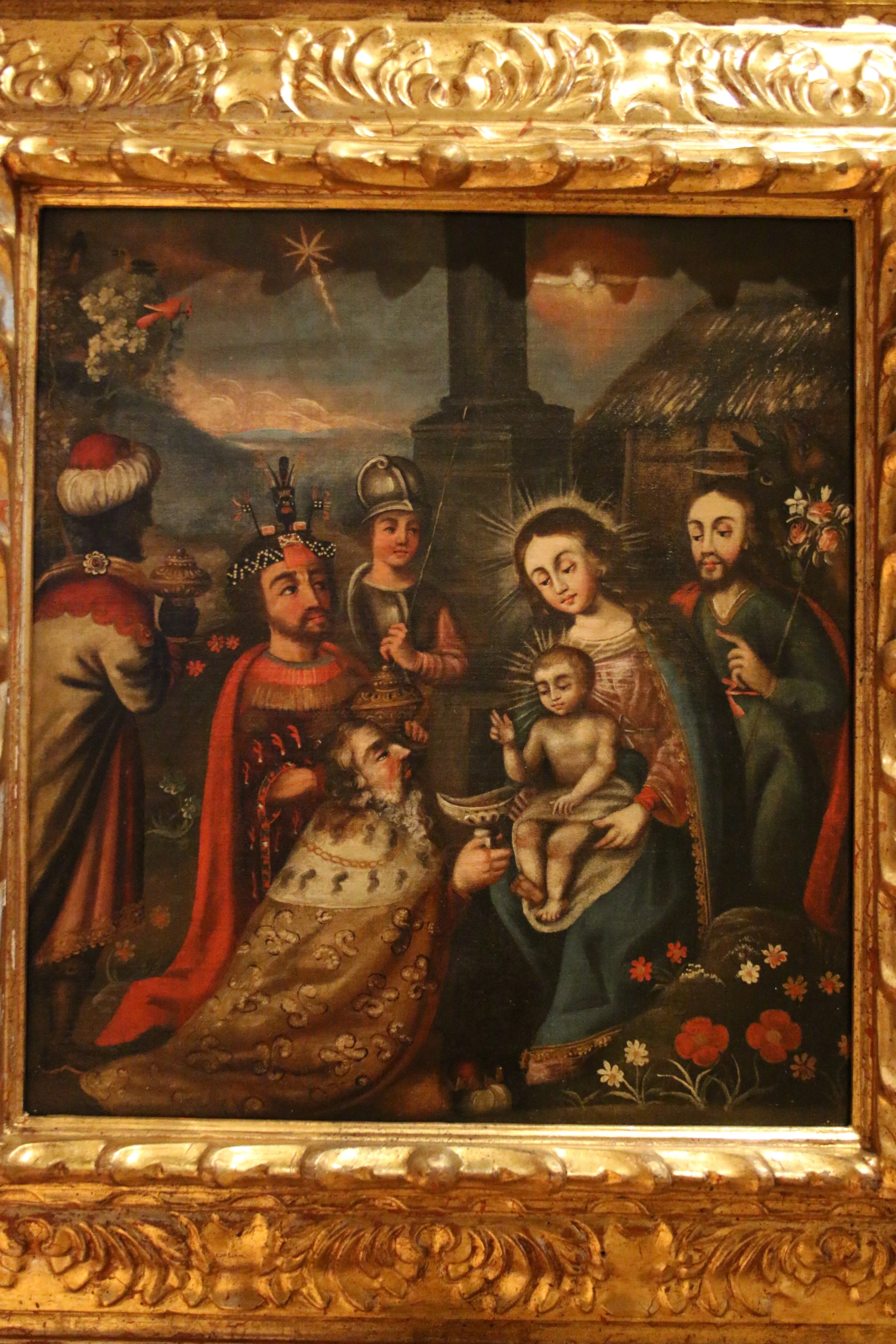Neuroscience: A Visual Arts Study
Written by Annalisa Raji
Edited by Claudia Reines
“Sometimes, a painting is just a painting,” is a phrase that is followed by general dissent in academic and artistic spaces alike. What is the cause of this dissent? Not all individuals have a strong passion for art appreciation, yet the baseline societal consensus is that art has meaning.
In a STEM-centered world however, this baseline appreciation can easily be forgotten. Scarily enough, the importance of original visual arts is sidelined consciously in favor of anti interpretive culture. The STEM era combined with the rise of AI art has human psychology researchers asking the important question: What is art?
The reason humanity appreciates art is not necessarily in its visually stunning nature, but rather the interpretation and human experience behind the work. Accordingly, humans inherently have a negative perspective of AI art. Humans value the sensory aspect of visual art that can create genuine connections on an emotional level [1]. As our society adjusts to the rise of AI art and created content, this phenomenon is generally expected. What is intriguing, is how the brain’s reactions toward art fuels this bias.
Photos by EllaRose Sherman (eks92@cornell.edu), taken at the Herbert F. Johnson Museum of Art.
In fact, the neuroscientific reason for humans’ natural disposition towards art has been researched right here at Cornell University. First, it is vital to understand spatial perception and the mind. Memories and perception of visual spaces maintain a complex structure in the brain. Biases are assumed about the space one sees, contributing to how spaces are visually perceived and memorized. Within the brain, there is significant detail in these biases and how the spaces are first perceived [2]. Perception and memory contribute to how visual art, such as how paintings are processed by the mind. Professor of Psychology at Cornell University, David J. Field maintains that artists themselves produce art based on natural scenes they see in the world so much so that the statistical probability of an artist including natural inspirational patterns in their art was able to be quantified [3].
By quantifying the patterns used in visually stimulating artworks, patterns ranging from natural scenes to the most abstract works are replicated. Even though humans appreciate art regardless of its resemblance to natural sights, artists appear to naturally gravitate towards creating art that maintains a connection to natural sights. This proves to have an almost cyclical effect, one where the beauty of nature influences art and human perception of art informs how the beauty found in nature is perceived [3].
Photos by EllaRose Sherman (eks92@cornell.edu), taken at the Herbert F. Johnson Museum of Art.
Even so, the love for the arts that humanity has had for generations is not contingent on the work’s inclusion of natural characteristics. Corrado Giaquinto’s The Birth of the Virgin is a painting found in the Herbert F. Johnson Museum of Art at Cornell that does not adhere to the natural characteristic statistical data determined by Field’s methods. Still, the work maintains its status as a compelling and significant piece of art [3].
Regardless, how the human mind performs visual coding for natural spaces and works of art is strikingly similar [3]. The quantitative comparison between the two forms the understanding that humans have a specific perception for natural beauty. Natural beauty, which is translated into original visual art, is unable to be replicated by one that cannot perceive it. The human mind has evolved to perceive and appreciate visually stimulating art.
Psychologically, humans have the visual code to understand art. Therefore, art is perception. And art is human.
Annalisa Raji ’29 is in the College of Arts and Sciences. She can be reached at agr95@cornell.edu.




